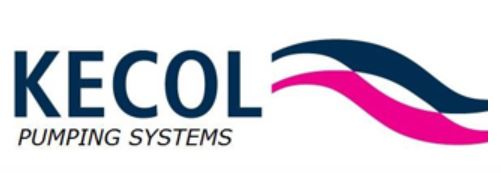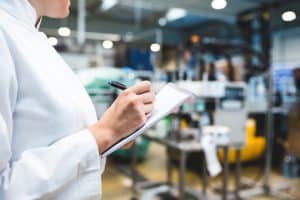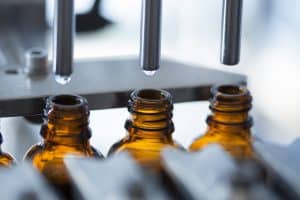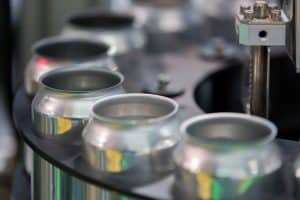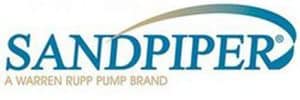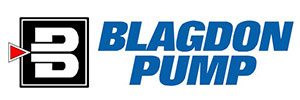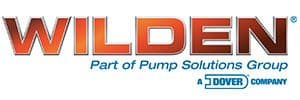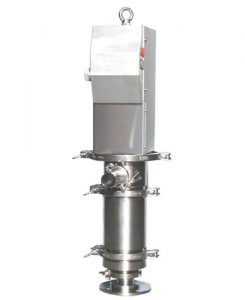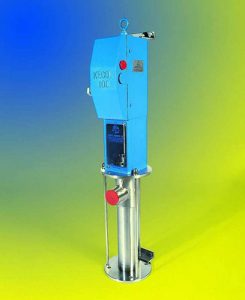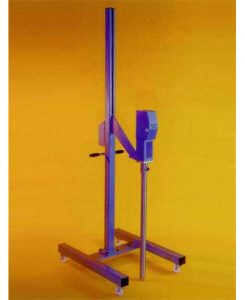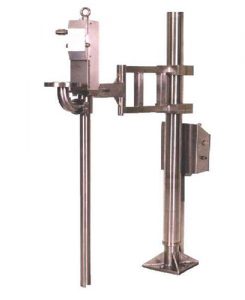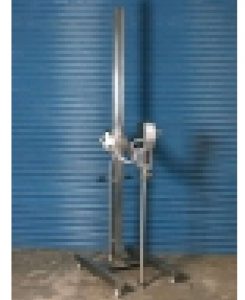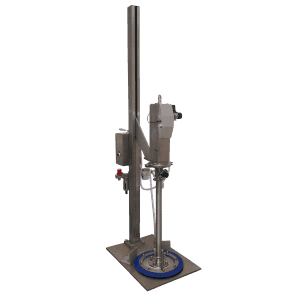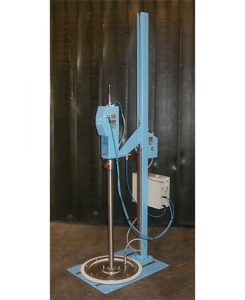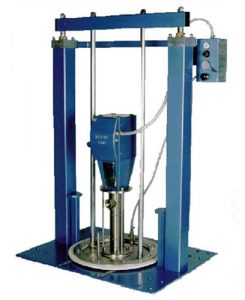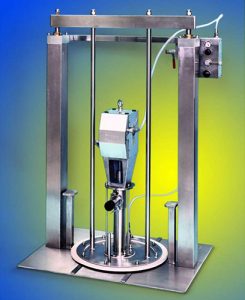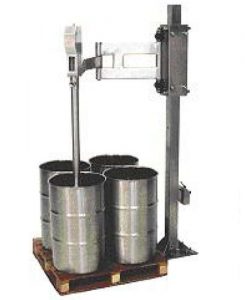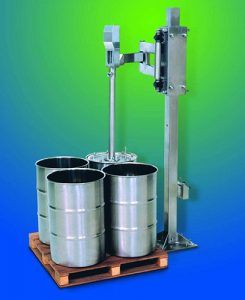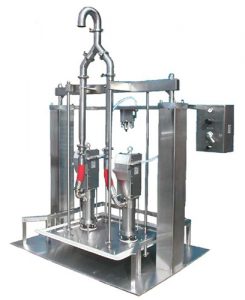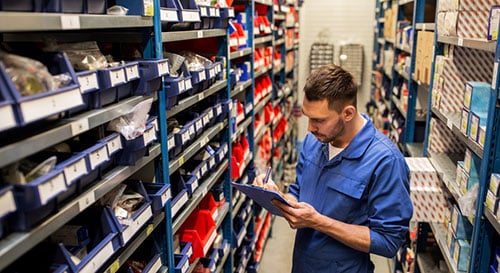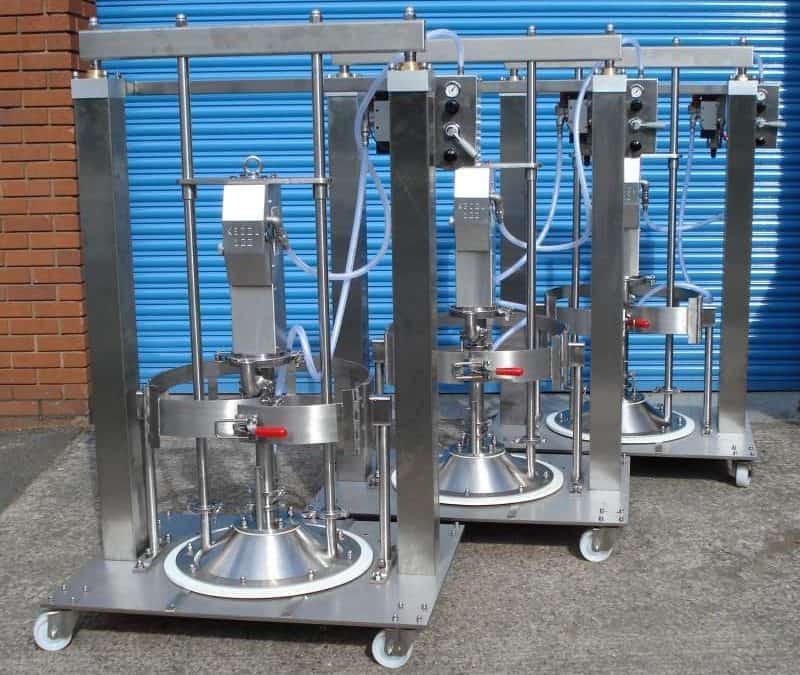A simple overview to Diaphragm Pumps
Positive displacement pumps serve a purpose in nearly every market, and every application. We’ve covered many other positive displacement pumps in our “Quick and Dirty Guides”, including external gear, internal gear, peristaltic, and rotary lobe pumps, this week we’ll discuss the Air-Operated Double Diaphragm (AODD) pump. We’ll uncover how they work, what they’re great for, disadvantages, and some of their best applications. Read on!
- AIR-OPERATED DOUBLE DIAPHRAGM PUMP OVERVIEW
AODD pumps are a type of positive displacement pump that uses the reciprocating action of elastomeric diaphragms and check valves to pump a fluid. Ball or flap check valves are commonly used, and the solids passing requirements of the application will determine which one to use.  HOW IT WORKSThese pumps use a simple air-valve system to move the diaphragm rod. Flexible diaphragms are round discs (shown in white) attached at each end of the diaphragm rod. The pilot spool (middle of the three horizontal rods) is pushed back and forth whenever the diaphragm rod reaches the end of its throw. This action allows air to move the air distribution valve (top rod in the drawing) back and forth. The air distribution rod controls air flow to the left or right air chamber, reversing on each stroke. The four ball (or flap) valves are operated by pressure differences in the pumped liquid.
HOW IT WORKSThese pumps use a simple air-valve system to move the diaphragm rod. Flexible diaphragms are round discs (shown in white) attached at each end of the diaphragm rod. The pilot spool (middle of the three horizontal rods) is pushed back and forth whenever the diaphragm rod reaches the end of its throw. This action allows air to move the air distribution valve (top rod in the drawing) back and forth. The air distribution rod controls air flow to the left or right air chamber, reversing on each stroke. The four ball (or flap) valves are operated by pressure differences in the pumped liquid.- WHAT THEY’RE GREAT FORThese pumps are an excellent choice for applications found in a variety of industries, such as food, chemical, and general industry. Their unique design allows them to transfer highly abrasive or viscous products, semi-solid, and shear sensitive materials. They’re best known for ease of maintenance and replacement, self-priming ability, seal-less design, and their ability to “run dry” without causing damage to the pump.
What else makes the AODD pump so versatile? They’re manufactured in a variety of pump materials, including cast iron, stainless steel, special alloys, and various diaphragm and valve elastomers making them ideal for just about any market.
- DISADVANTAGESAODD pumps do generate a pulsating flow that could cause “water hammer” if proper pulsation dampening devices aren’t used. Water hammer is a pressure surge, or wave, created when a fluid in motion is forced to stop or suddenly change direction causing significant damage to the pump and/or process piping. We make sure this doesn’t happen on our Kecol Diaphragm Pumps on any applications. Another important thing to remember is the AODD pump may be less costly up front, but tend to cost more to operate than an electric powered pump because it is powered by air.
- BEST APPLICATIONS
Below is a short list of the best applications for this pump:
- Chemical Liquid Transfer, Corrosive Liquid Transfer and Hazardous Liquid Transfer
- Abrasive Product Transfer
- Viscous Product Transfer
- Portable spill clean-up applications especially when used as Food Processing Pumps
- Explosion-proof environments if properly grounded
It’s obvious that AODD pumps could be a great solution for just about any application. Think it might be right for yours?
Make sure you get the right pump for the job by talking to an experienced engineer.
If you need help selecting the right pump for your application, ask us about it!
Visit https://www.kecol.co.uk or call us on (44) 1746 764311 – Worldwide Supply & Installation
